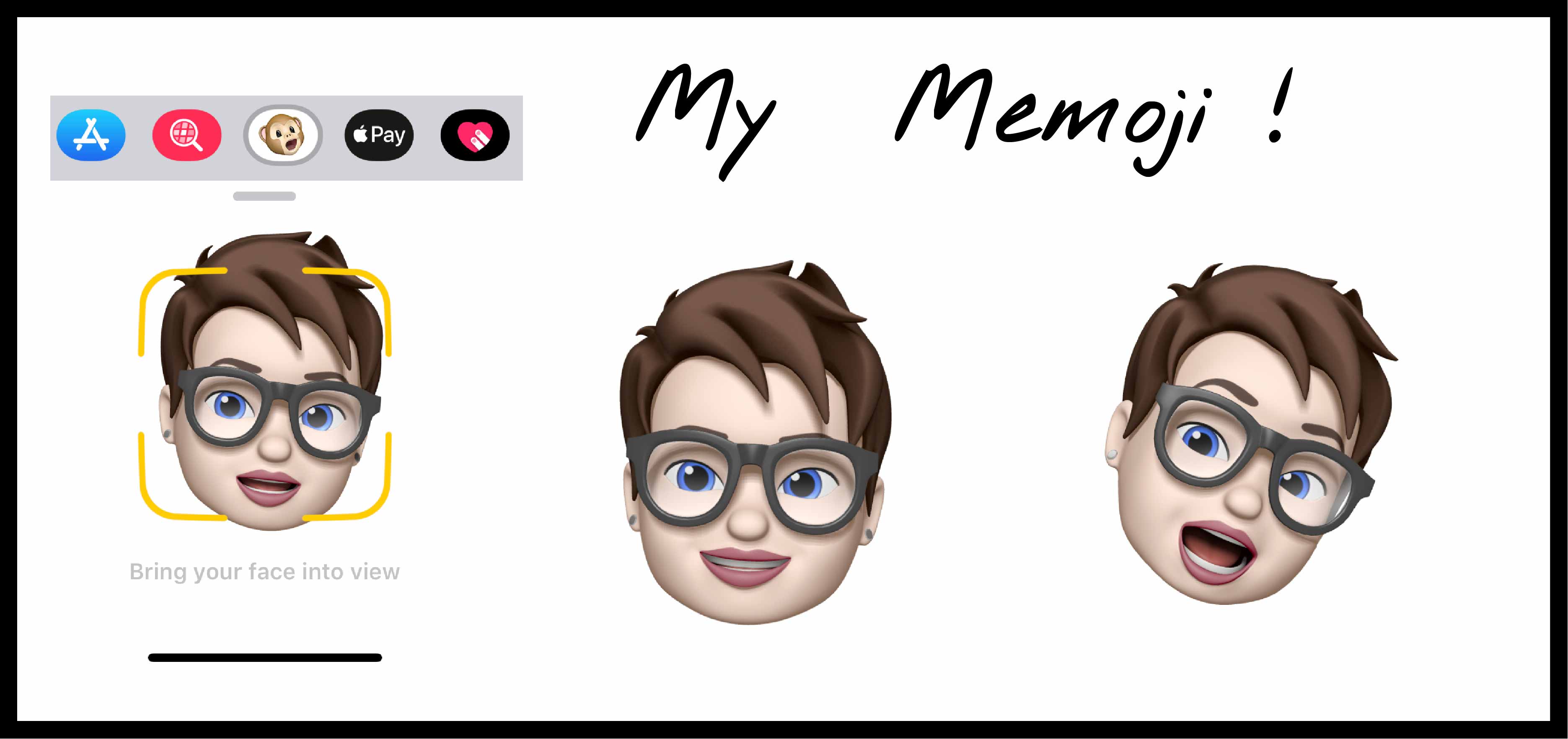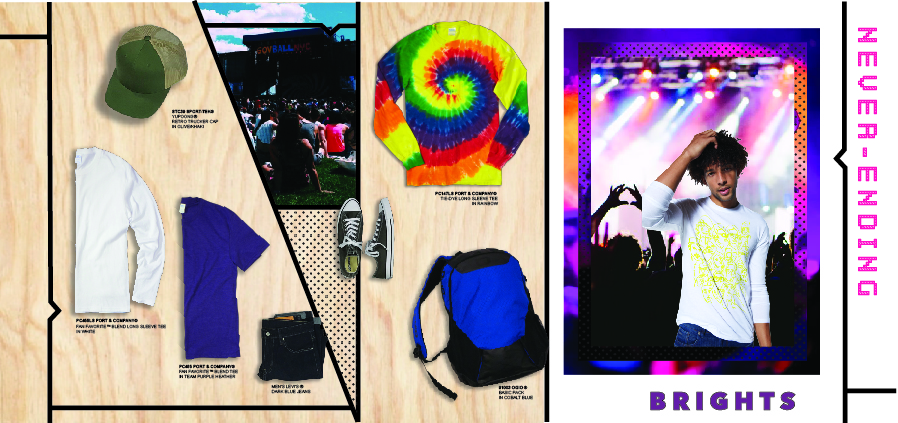We all know what an emoji is. They are small symbols that have become the language many of us use to communicate with our friends and co-workers. It is a new way that we tell stories today.
 An extension of this is the very popular Memoji – used on iPhones around the globe. When I am texting, I often portray myself to others as the Memoji I created. It looks like me in emoji form and “I” can talk and express some emotions with the facial movements that mimic my own.
An extension of this is the very popular Memoji – used on iPhones around the globe. When I am texting, I often portray myself to others as the Memoji I created. It looks like me in emoji form and “I” can talk and express some emotions with the facial movements that mimic my own.
It’s ironic that this is a “new” trend, because using a symbolic visual likeness of ourselves to tell stories is not new at all. It is perhaps the oldest form of storytelling on the planet. Our history of mankind becoming a civilized society is built on visual storytelling, from cave paintings and hieroglyphics to printed books, movies and TV.
What makes it “new” is the internet. We now have exponentially more ways to tell a visual story than at any other time in history and even more ways to share that story with our friends and customers. Yet, with so many options, it can be a daunting task.
Today, utilizing the internet, it’s possible for each of us to see hundreds of images in a very short period of time as we perform what are now normal tasks, like comparing prices or learning about a given topic. We look at individual websites, blogs, Facebook, Instagram, Twitter and the list goes on and on. According to an article in The New York Times, “A Pew study last year found that nearly half of all teenagers between 13 and 17 years old said they were online ‘almost constantly,’ and more than 90 percent used social media.”
Through this relentless stream of images, it is possible to discern a concise selection of visual storytelling styles. Let’s examine them to identify what we are seeing. I’ve named them Hyperreal, Connective and Never-ending.
While all three storytelling methods have their own look, each has one purpose: to evoke emotion. Color, shapes and nostalgic content are all used in very specific ways to get us to feel something. Each of the examples we are highlighting is a type of collage. There are multiple images on the page, placed close together to express an idea in a quick, visual package.
Let’s take a look at Hyperreal storytelling first. The images are often more real than in real life. They are vivid and have a surreal quality. The collage is confusing and has to be dissected visually to determine what it is. This is why it is so engaging but there is a fine balance at play. If the collage is too confusing, the viewer will become frustrated and leave the page before absorbing what the images have to communicate.

Next is Connective storytelling, which satisfies our human need to see familiar images. Ephemera, soft shapes, handwriting and relatable images are all trademarks of this visual style. Retro or nostalgic themes are common with this storytelling method.

And finally, Never-ending storytelling has a direct reference to comic strips, both visually and in construct. There is a sense of an ongoing story, a serial to keep our attention. Video games also have this quality. There are a series of actions and reactions, creating a perpetual story with never-ending visuals that refresh entirely or loop back on themselves, depending on the storyline.

Now that you’ve seen some examples of these storytelling methods, try these techniques with your own products. See what new stories you can learn to tell the customer of today who understands these visuals. Or perhaps, more importantly, what stories you can tell to the customer of tomorrow who is “almost constantly” online. It’s good to start practicing!
